
Winter brings a certain charm to destinations around the world, from snow-capped mountains to twinkling holiday lights. Though cold and gloomy weather may not be everyone’s favorite, there are plenty of magical places that embrace the season in its full glory. From enchanting towns to breathtaking natural landscapes, here’s a list of winter wonderland destinations that promise to captivate you during the chilly months.
1. Zermatt, Switzerland
Nestled in the Swiss Alps, Zermatt is a picture-perfect village that transforms into a winter wonderland during the colder months. With its stunning snowy landscapes and absence of cars, Zermatt offers a peaceful and romantic atmosphere, ideal for couples. A prominent feature of the town is the majestic Matterhorn, one of the most iconic mountains in the world. Visitors can enjoy skiing, hiking, or taking a scenic train ride up to the Gornergrat, where stunning panoramic views await. Whether you prefer adventure or relaxation, Zermatt is the perfect spot to embrace winter.
2. Saariselkä, Finland
For those seeking a true winter experience, Saariselkä in Finland is a must-visit. This small town offers the opportunity to witness the Northern Lights, making it a top destination for those looking to marvel at nature’s spectacular light show. Staying in a glass igloo allows you to enjoy the beauty of the aurora from the warmth of your cabin. The area is also known for thrilling activities like snowmobile rides, ice fishing, and even ice kart racing. With the added charm of huskies and reindeer, Saariselkä promises an unforgettable winter getaway.
3. London, England
London shines during the winter months, especially as the city gets ready for Christmas. The festive spirit fills the air with twinkling lights decorating the streets and Christmas markets set up in popular areas like Southbank and Leicester Square. Ice skating rinks at iconic landmarks like the Tower of London and the Natural History Museum add to the city’s charm. A stroll through Hyde Park might lead you to discover London’s Winter Wonderland, where visitors can enjoy festive stalls, rides, and cozy eateries. The city’s warm pubs and theatres offer the perfect way to end a winter day, making London an ideal winter holiday destination.
4. Prague, Czech Republic
Prague offers a fairytale-like experience in winter, with its snow-covered rooftops and picturesque streets. The city’s Christmas markets are among the most enchanting in Europe, especially the one at Old Town Square, which hosts the largest Christmas tree in the city. A walk along the Charles Bridge, with snow falling gently around you, creates a magical atmosphere. The winter months also provide an opportunity to warm up in cozy cafes or explore quirky statues and historical sites that make Prague unique.
5. Québec City, Canada
Québec City, with its European charm, transforms into a winter wonderland when the snow falls. The city’s cobblestone streets and historical architecture, adorned with festive decorations, create a warm and inviting atmosphere. Visitors can skate at Place D’Youville, explore the festive Christmas markets, or attend the renowned Quebec Winter Carnival. Québec City combines history, culture, and winter magic, making it one of Canada’s most beloved winter destinations.
6. Toronto, Canada
Toronto’s winter charm lies in its vibrant holiday markets and outdoor activities. The city is home to the iconic Toronto Christmas Market in the Distillery District, where visitors can enjoy holiday treats, shop for unique gifts, and even take a ride on the Ferris wheel. For winter sports enthusiasts, the Nathan Phillips Square skating rink offers an iconic experience. Toronto also boasts Scandinavian spas where visitors can unwind in heated pools surrounded by falling snow, adding to the city’s winter allure.
7. Banff, Canada
Banff, located in Canada’s oldest national park, is one of the country’s top winter destinations. Surrounded by the majestic Canadian Rockies, Banff offers world-class skiing, snowboarding, and other winter activities. For those not into skiing, there are plenty of other options, such as ice skating, snow tubing, or a peaceful snowshoeing expedition. The town’s natural hot springs provide a relaxing end to a day of winter adventures. Banff is the perfect destination for a winter escape filled with both relaxation and adventure.
8. Jackson Hole, Wyoming, USA
Jackson Hole in Wyoming is known for its rugged beauty and world-class skiing. The resort town, surrounded by the stunning Grand Teton and Gros Ventre mountain ranges, offers an array of winter activities. Jackson Hole Mountain Resort is famous for its challenging slopes, attracting expert skiers and snowboarders. However, the area also offers wildlife safaris, snow tubing, and visits to the iconic Jackson Town Square, where visitors can marvel at the antler arches. Whether you’re looking for adventure or relaxation, Jackson Hole offers a memorable winter experience.
9. Hokkaido, Japan
Hokkaido, Japan’s northernmost island, is a hidden gem for winter travel. The Club Med resorts in Tomamu and Sahoro provide the perfect base for winter sports enthusiasts. With powdery slopes perfect for skiing and snowboarding, Hokkaido is a haven for adventure seekers. The island is also known for its delicious local cuisine, including fresh seafood and premium Wagyu beef. For a more serene experience, visitors can explore the rich cultural heritage of Sahoro or embark on a tranquil horseback riding excursion. Hokkaido offers a blend of excitement and culture, making it a standout winter destination.
10. Harbin, China
China’s winter season offers a wealth of unique experiences, with Harbin at the forefront. The city is home to the Harbin Ice and Snow Festival, one of the largest winter festivals in the world, featuring impressive ice sculptures and winter activities. China’s ski resorts, such as Yabuli and Nanshan, offer excellent slopes for skiing enthusiasts. The Great Wall of China also takes on a mystical charm in winter, especially when covered in snow. For a more adventurous experience, Inner Mongolia offers dog sledding tours through snowy landscapes, providing a unique way to explore the region.
These winter wonderland destinations offer something for every type of traveler, whether you’re seeking outdoor adventure, festive cheer, or simply a cozy retreat. Each place brings its own unique charm to the winter season, ensuring that your next winter getaway will be unforgettable.









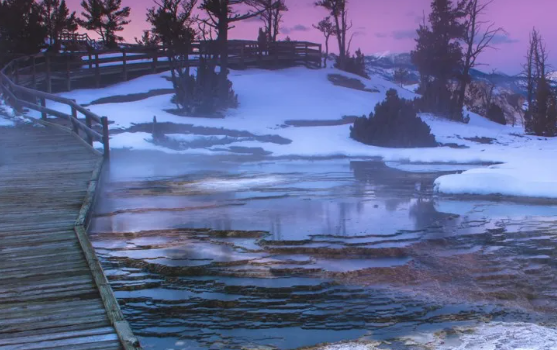
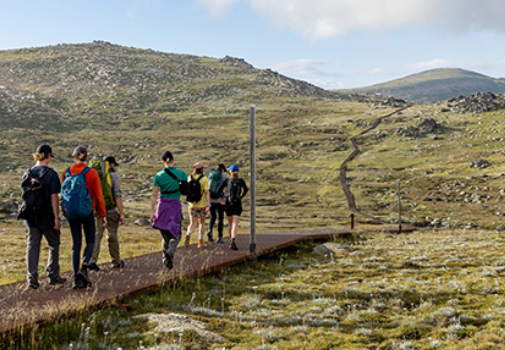
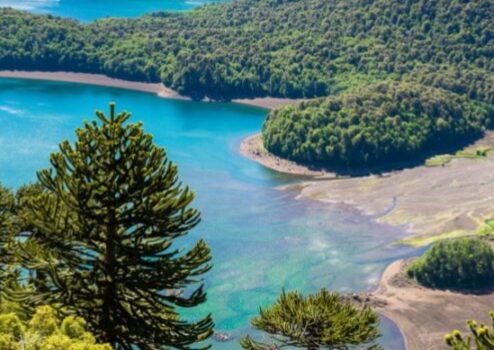
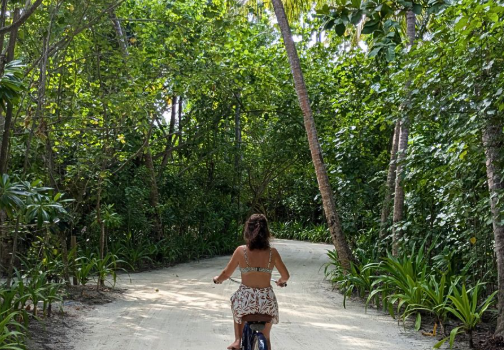

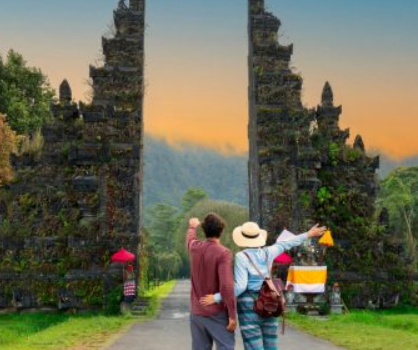

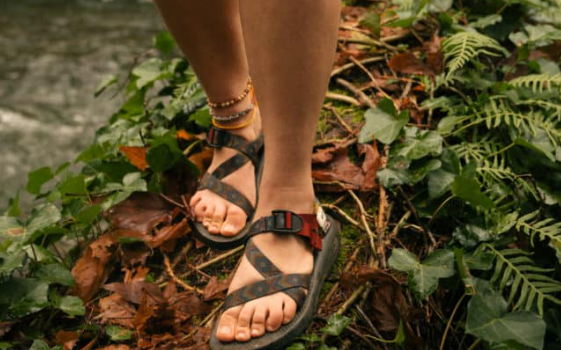



Comments